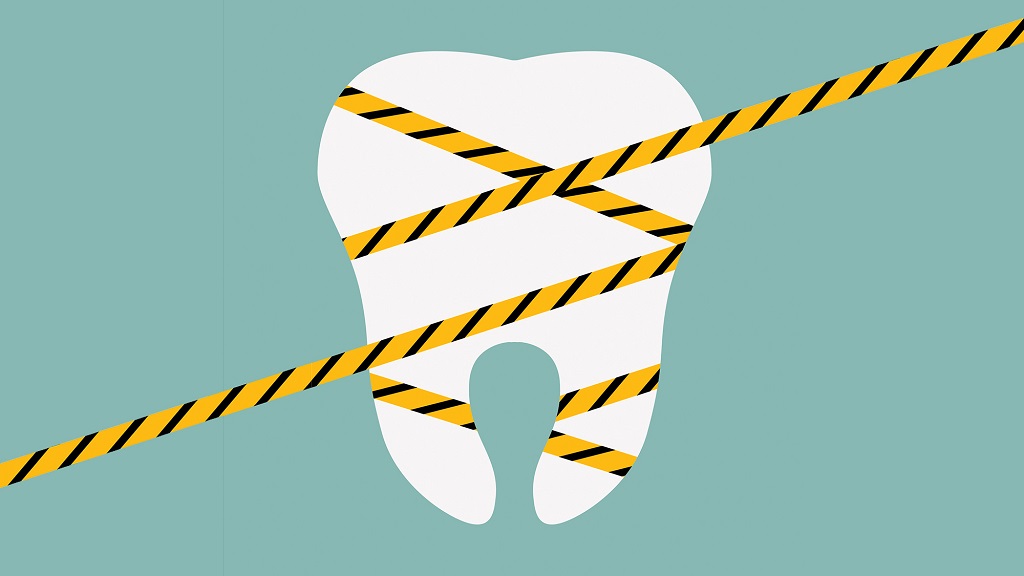Many dentists are giving in to technological advancements regarding the tools they use in performing their tasks. One of the reasons they shift to these technological advancements is that many of their patients complain about the noise. A dental drill is one of those tools that produce so much noise. That is why a dental handpiece got invented for the convenience of both the dentist and the patient. This hand-held mechanical instrument is used for several dental procedures like decay removal, performing cosmetic dentistry, polishing of fillings, and many more.
Why Dentists Use Dental Handpiece
There are many types of dental handpieces, but the main categories are air motors and electric motors.
- Air motors got out in the market in 1957, but it has since been developed for more comfortable and better usage. Dentists love the air motor dental piece because it can perform dental restorative processes, and has both the low-speed and high-speed variety.
The high-speed air motor handpiece lets dentists work faster but with lesser trauma to the tooth. They also have smaller heads so that the dentist can access the patient’s mouth with no sweat. The turbines are also quieter, so there is less noise that could sometimes scare the patient.
The low-speed air motor handpiece can also perform polishing and finishing procedures. Because there is such a variety, the dentist can choose which is best for the procedure.
- For electric motor dental handpiece, it is more advanced than the traditional air motor handpieces. This is because dentists can choose the proper revolutions per minute. That way, dentists can set what will be best used for the patient’s tooth or the patient’s process. Accordingly, many dentists experience more precise and faster handling of the procedures when using electric motor handpieces.
The electric motor handpiece can also perform the tasks that a high-speed and low-speed air motor handpiece can do. It is a tool that can do all the things that the separate air handpieces can do. However, not all dentists prefer this feature, but many lean towards it because it is cost-efficient in the long run, although more expensive.
Other clinical procedures like implant placement, rotary endodontics, and third molar removal can also get done with an electric motor dental handpiece.
- Most dentists also like to use a combination of air-driven and electric dental handpiece in performing different tasks like restoration, removal, and polishing. When this is the dentist’s option, he or she eliminates the need for a low-speed handpiece.
- Another benefit is not only for the dentists but for the patients as well. Because the advanced air motor and electric motor handpiece can perform faster, patients get to spend less time in the chair. That also means more time to attend to patients for the dentist. The dentist earns more, and the patients are happier because they spend lesser time in the clinic.
- Dentists also like the fact that the air motor and electric motor handpiece can come with add-ons. Many companies are already offering LED lights that go together with the handpiece. These LED lights are even sterilisable, so dentists get the most from their investment.
It boils down to the dentist’s preference. Some say that air motor handpieces are still more precise than the electric motor handpiece. Others claim that the electric motor handpiece gives them speedier preparation time. Whatever is chosen by the dentists, a dental handpiece is an excellent addition to their tools. It generally helps the dentists and the patients, so there is no debate about the benefits of either kind. Just make sure that the handpiece you will use will help you with your day-to-day tasks significantly.





